They came from the four corners of the continent—from Northern Utah and the Rocky New England coast. From the Jersey Shore and the Texas plains. Four pilgrims pursuing a dream. They found it right here.
Doug Travers. Dale Stevens. Ed McCarrick. Reuben Scolnik—we called them “The Arch Hunters.”
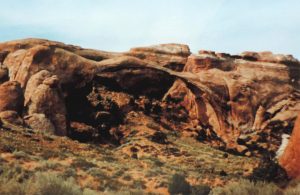
For reasons that I have never been able to fully grasp, some men are destined to search for holes in the rock. I don’t know if this is some kind of affliction—with all the New Disorders facing American Society, I’m sure it’s only a matter of time until arch hunting is diagnosed, given a name and a treatment is developed—but certainly, something happens to some men when they come to Arches National Park (note: I do not mean to exclude women–I simply don’t see this illness affecting the female gender).
I was unaware of this phenomenon, or affliction (depending on how you look at it) when I first assumed my duties as a ranger at Arches National Park. For many of us, the arches were more of a distraction than an attraction. After all, it’s the absence of rock that actually creates the arches in the first place. We often wondered, if we could fill up the holes with rock, and convert them into simple Entrada sandstone walls, would the people still come? Or would they find all this un-holey scenery boring? Would the arch-less Arches lack the cachet it needed to be popular? By today’s standards, with social media driving Industrial Tourism and the ignominious demise of our culture, it’s difficult to say.
In 1976, however, there was an unshakable cadre of “born-to-be-arch hunters” that had mystically made their way to Southeast Utah.
The first of the Arch Hunters to find his way to Moab was electrical engineer Doug Travers of San Antonio, Texas. With his sons, Jay and David, the Travers men became transfixed by the strange desert landscape. Their first visit in 1965 was all too short and they vowed to return. The Travers men kept their promise, along with the younger Travers boys, Rod and Roy, and returned dozens of times over the next 35 years.
I was collecting fees one night, moving down the backside of the Devils Garden Campground, when fellow ranger Ron Pierce spotted me gabbing to a camper in site 28 and called me over to his car. Ron pointed out the man and his two sons in site 30…
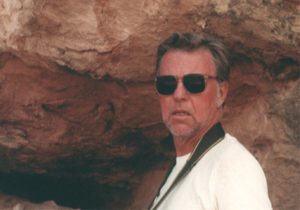
“Do you see that guy there with his boys?”I nodded.”His name is Doug Travers and he’s been coming here for a decade with his sons. They’re from Texas and they usually show up twice a year.”
I nodded again.
“Doug and his boys come here for one purpose–to find arches. I think Doug has his own list. And here’s another thing…they always head into the backcountry with the family football and when they find another arch, they have to be able to pass the football through it for the arch to qualify as a “Travers Arch.” We call them the ‘Travers Passers.'”
Within a minute, I’d introduced myself to Doug and his boys. It was the very beginning of a friendship that lasts to this day.
The second soon-to-be hunter, Ed McCarrick retired from Western Electric in Hoboken, New Jersey in the mid-70s and moved to Moab. In 1976, at age 55, Ed became a seasonal ranger at Arches National Park. McCarrick worked the entrance station for a couple years before he moved up to an interpreter job. and in the late 70s he often called me on the park radio to check on available camping space. In his distinctive New Jersey squawk, Ed would key his mike and say, “Hey 236, this is 231…what the hell is going on up there? I need a campground count. These damn tourists are pouring in like flies…I mean it. Like FLIES! I never seen anything like it!”
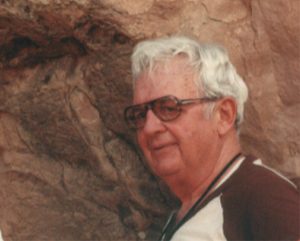
And Ed is the only government employee I’m aware of who ever referred to a young woman as a “tomato” on the FCC-approved government band. “Yeah, Jim…a real tomato just came through the gate…she’s driving a Ford Pinto.”
“Uh…10-4, Ed.” In 2019, the MeToo# people would have poor Ed’s head on a platter.
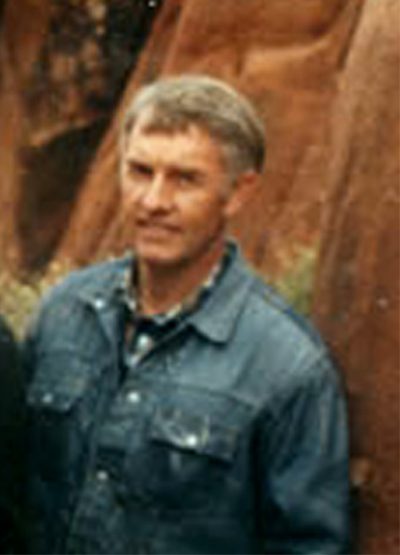
In 1973, professor Dale Stevens of Brigham Young University gave a certain credibility to arch hunting as a career move. With a group of students from BYU, Dale conducted a field survey of arches within the park “as part of a larger study of the geomorphic importance of arches and bridges in southern Utah.” He located 124 natural rock openings, 90 of which he identified as arches. Stevens also provided substantial data on criteria for determining types and measurements.
Later, the study came to be known as “The Stevens List.” It was pinned to a closet door in the chief ranger’s office where it rarely received more than a cursory glance, until one day the fourth of the soon-to-be Arch Hunters entered our visitor center and shamed us all into giving it a closer look.
His name was Reuben Scolnik. He was a retired aeronautical engineer from NASA, looking for a project to occupy his summer. In 1977, he thought he might spend a few weeks looking for arches. We asked him which arch he was looking for. He glared at us impatiently and said, “All of them.”
Someone vaguely recalled the Stevens List and our boss happily made him a copy. We figured that was that; we wouldn’t hear from Mr. Scolnik again.
We gave him the Stevens List and hoped he wouldn’t ask any questions. Three days later, Reuben was back.
It would go like this.
“Ranger Stiles, I was in the Devils Garden today and I have a problem with arch #91. Have you noticed that Stevens has placed that arch in the wrong canyon?”
“Uh…yes Reuben. I’d heard that.”
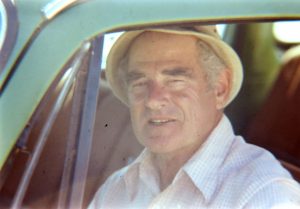
“And I have a problem with its categorization. Do you really consider that a ‘cliff wall’ arch?”
“Well….I…uh.”
“You do know where #91 is?”
“Sort of…”
“Have you been to 91?”
“Not exactly.”
“What exactly DO you do here in the park?”
Humiliated beyond words Chief Ranger Jerry Epperson called the rangers together to discuss our inadequacies. Eventually, he established the need and implemented an arch inventory—a systematic exploration of the park and a running record of all rock openings greater than three feet (an arch criteria established by Stevens).
I thought it was a great idea. It meant I’d get to spend two or three days a week, getting paid (albeit a pittance) to wander the park’s most isolated backcountry, in search of holes. Often accompanied by the Arch Hunters, we explored every side canyon, every fin, every remote cluster of sandstone pinnacles for the elusive windows in stone. But the windows weren’t as elusive as we thought they’d be. The three foot arches were everywhere.
Reuben and I started to tire of the little holes. Ed became obsessed with them. In fact, Reuben and I were convinced that Ed McCarrick had gone mad. Here’s Ed with a tape measure, taking stock of a tiny little hole…
“What does the tape measure say, Ed?”
“Well…hold on Stiles. It says 34 inches. But wait a minute…this…dirt is in the way.”
So there’s McCarrick trying to dig ‘dirt’ out of the buttress of the arch with his fingers.
“Is that legal, Ed?”
“Sure it is…there. See? It’s 37 inches after all…write it up.”
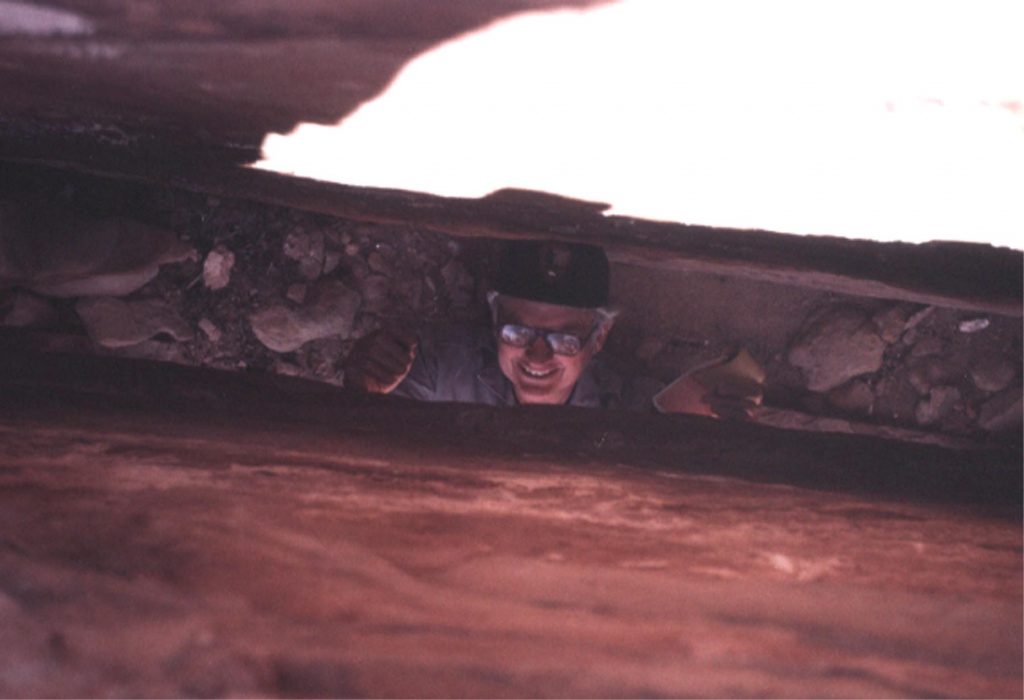
Travers, who had always taken a low-key approach to arch hunting, finally met Reuben and Ed in the early 80s. The three compared lists, and whenever Doug was in town the Three Archqueteers sallied forth into the desert sun in search of the golden arches. More often than not, the quest ended in a brouhaha. Reuben and Ed, in particular, failed to agree most of the time.
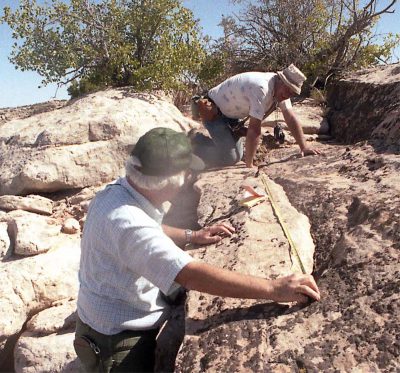
“Ed,” says Reuben. “This is not an arch. This is a piece of exfoliated sandstone.”
“What are you talking about?” exclaims Ed. “It meets the criteria!”
“I don’t care. It is NOT an arch!”
“It IS!!!”
Reuben walks to the disputed “arch” and stands on it. The sandstone cracks under his weight.
“There!” Reuben growls. “Now it’s NOTHING!”
Ed explodes. “I can’t believe you just did that! That’s destruction of natural features! You should get a ticket!”
“Now, now, gentlemen,” interjects Travers the Reasonable One. “Remember…I’m videotaping everything.”
The debate never ended, though there was never any real rancor. These guys loved each other and loved to argue with each other. Interminably. It went on like this for years.
Dale, whose List had made him the titular head of this exclusive club, often came down to join his compatriots. I snapped this photo of the gang in 1984 (I think).
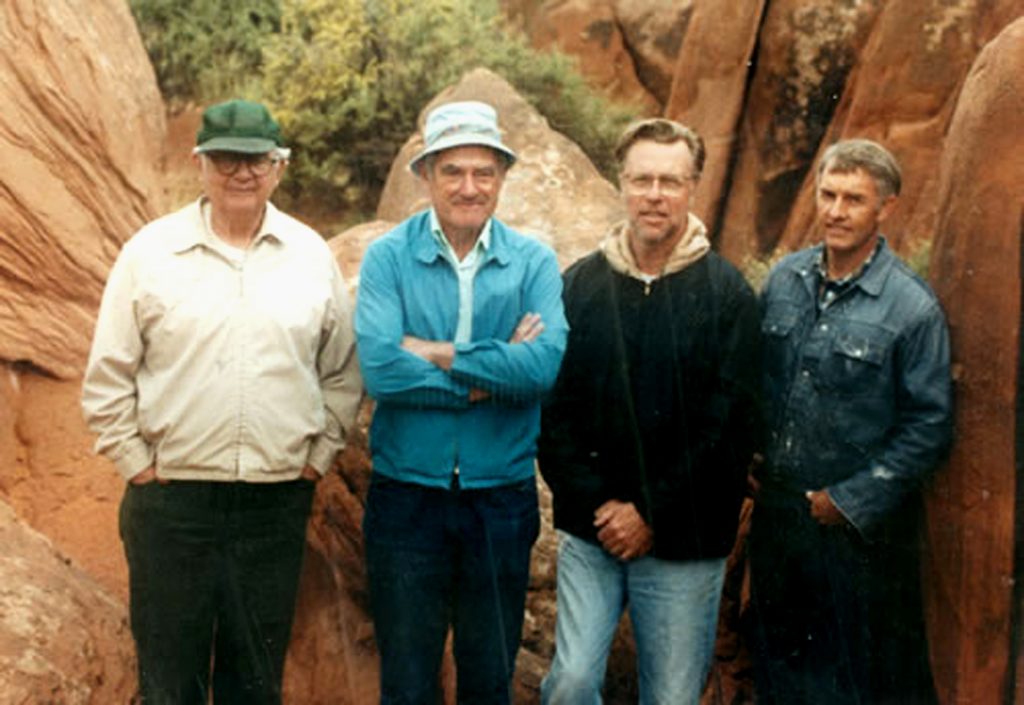
Stevens later reaffirmed his assertion that an arch was any rock opening larger than 36 inches, and McCarrick’s obsession was validated. He went nuts. The numbers grew to 2000…3000 and beyond.
In the late 1980s, Reuben mostly abandoned arches and started looking for rock art sites at Arches in the summer, and at Death Valley in the winter. For years, I joined Reuben at his balmy winter digs and he showed me some of the most remarkable historical and archaeological treasures I’d ever seen. I still have their locations recorded in my little green book.
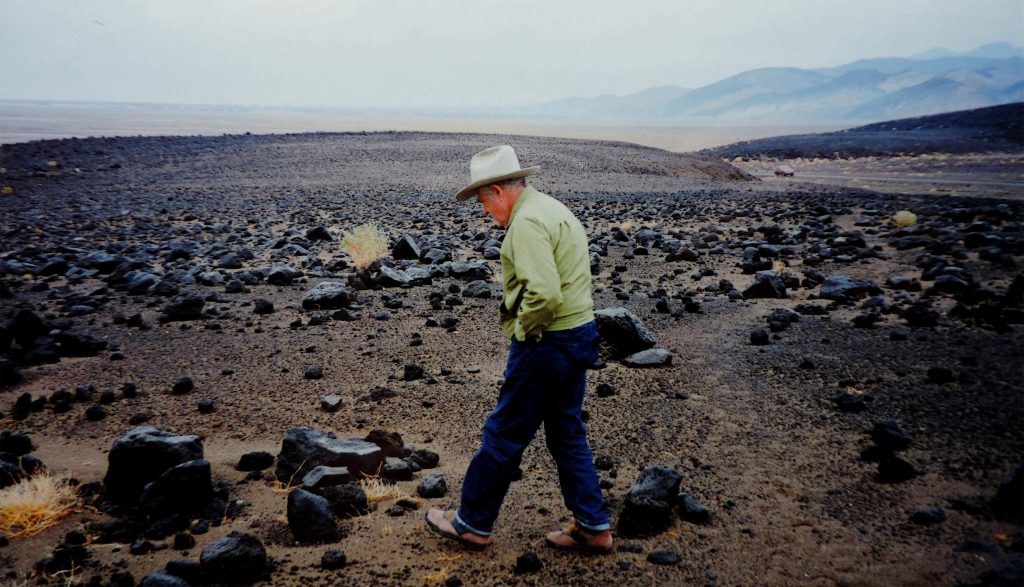
But Reuben could never get ‘arches’ out of his system. Years later, out of the clear blue, he’d call me and ask questions like, “Remember that arch near Herdina Park where I found the Dutch oven?” I didn’t, but he did.
Travers and his boys, and later grandkids, continued their semi-annual trips and kept finding a new arch or two, every time they visited. A couple years after I’d quit the Park Service and started The Zephyr, Doug showed up at my door, looking ashen-faced and mud-caked. He was sweating profusely.
“What happened?” I asked.
“Quicksand,” Doug replied shakily. “Can I come in?”
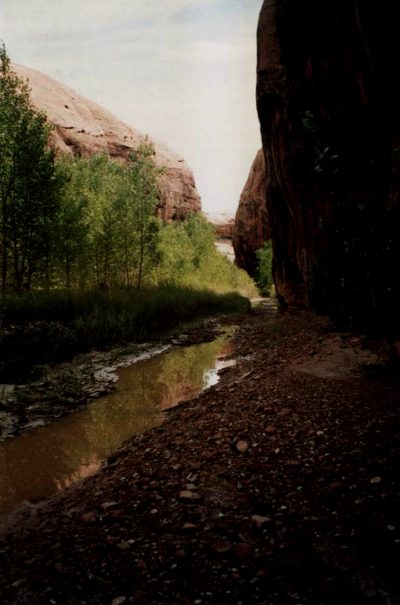
He’d been in a side canyon of Courthouse Wash, looking for an arch of course, when the soft wet sand gave way under him. He was carrying a backpack with water and food, but he also carried one of the very early VHS video recorders–it was actually in two piece at the time: camera and recorder. The camera/recorder was slung over his neck and dangling on his chest. As he started to pitch forward, Doug feared the worst for his electronics. He desperately tried to sling himself backwards into the muck, to save the camera.
It worked. Sort of. The weight of his pack did indeed carry him backwards and he fell into the quicksand like an overturned turtle. The pack was pulling him down into the muck and he struggled to release the heavy mud-encrusted straps. But they were submerged in the quicksand, which seemed to be sucking him deeper, and he couldn’t find the release catch.
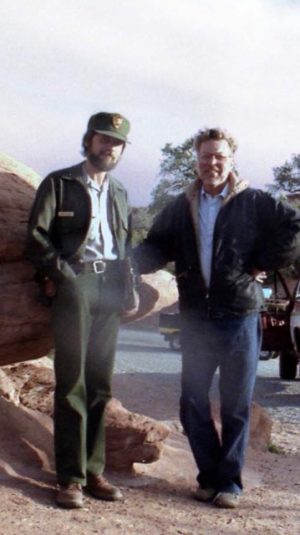
For a few moments, the idea passed through Doug’s head that he might just sink into this quagmire and drown, and thus become the first human at Arches National Park to die in quicksand. “But how would they ever understand that I drowned in two feet of it?” Doug said later. They’d all wonder as they examined the corpse: Why is he on his back?
And of course, the answer was: To save the damn camcorder. Which he did.
Eventually he squirmed his way out of the heavy pack and pulled himself–and his still-dry $3000 camera/video recorder–to dry ground. He abandoned the pack, hiked back to his Blazer parked at the Courthouse Wash bridge and sought safety and security at ex-ranger Stiles’ humble abode in Moab. And a stiff drink. I poured him a double Scotch—his favorite– and as Doug lay stretched out on the couch, life slowly returned to normal.
The near-Death experience only set Travers back an afternoon. The Travers Passers would continue to make the pilgrimage to Arches, even to this day.
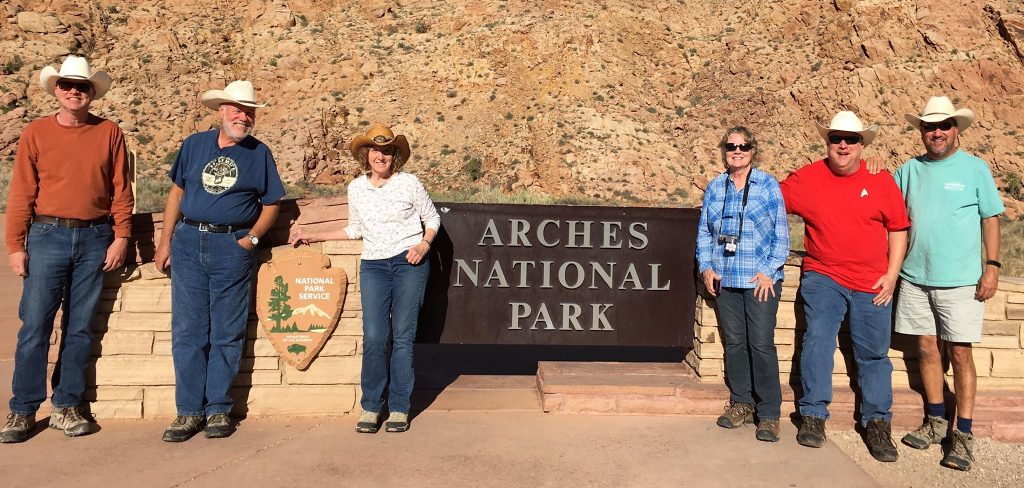
Ed finally retired from the Park Service in the mid-80s but his passion for those elusive holes burned on. Eventually Ed and Dale pooled their knowledge, experience, energy and love of arches, and produced the definitive book about rock openings–“The Arches of Arches National Park: A Comprehensive Study.”
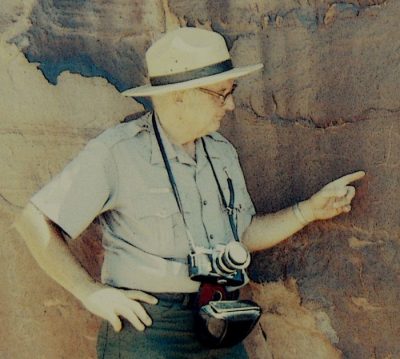
Ed never looked like the athletic type, and he carried a sizable paunch with him to the day he retired. But he was unstoppable. McCarrick believed in letting momentum take him where he needed to go. The tactic worked especially well when he was going down hill. We’d be in some remote, tight canyon, crowded with dead junipers and serviceberry and squawbush, and we’d hear the crack and snap of branches as Ed descended down the talus slope.
“Here comes Ed.” somebody would observe.
McCarrick would emerge from the dense brush in a cloud of dust and debris, looking a tad wild-eyed and overheated, but his enthusiasm—his quest—for more arches carried him ever onward. We figured he’d be digging out the corners of 34 inch arches forever. But we were all shocked when Ed announced he had terminal cancer in 1992. He was gone within months. Incredibly, just a year later, Dale was killed in a motorcycle accident in Provo. It was the partial end of an era.
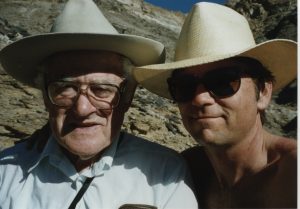
Reuben stayed active and irascible for another 20 years. On our last Death Valley hike, to Keane Wonder Mine, he was just past 82 and furious with himself because I had reached the top of the trail first. “I’m getting old,” he complained.
“Reuben,” I noted, “I’m 30 years younger than you. I’d love to be in your shape at 82.” A few minutes later, a couple of young hikers in their 20s struggled up the trail. They looked at Reuben in disbelief. Instantly, Reuben felt much better.
I last saw him in 2013. He got to meet Tonya and he said to me as we were saying goodbye, “I’m not worried about you any more…you’re gonna be alright.” He died two years later. He was 98 years old.
(For much more on my dear friend, read REUBEN SCOLNIK–THE ORIGINAL ARCH HUNTER (1917-2015)…by Jim Stiles)

Doug, at 90, is still presiding over the Travers family from his hilltop home in San Antonio with the ubiquitous glass of Scotch in hand. Over the years, he and his wife Mary always welcomed me into their home when I was in the area. Those visits, with Doug and Mary and their many adopted dogs, are some of my fondest memories.
Mary was never the “outdoor type” and rarely accompanied the Boys on their Arches pilgrimages. But one year, she decided to tag along. It was one of the hottest, dustiest, buggy-est summers in recent memory, and Mary was not all that enamored with her camping situation. In fact, she looked miserable, hot and dirty.
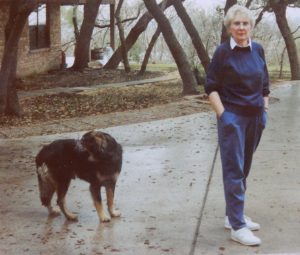
I stopped by their campsite and sensed that Mary was in distress. I said, “You know, we have running water down there at our trailer…you wouldn’t be interested in a hot shower would you?”
Her face brightened, tears welled up…she could barely speak. “Would..would that be okay?”
Of course, I said. Come on down.
For the next 25 years, Mary Travers would mention that shower every time I saw her, with the reverence one might give to Eternal Life. I’d say, “Mary, it was only a shower.” And she’d reply, “The best shower of my life.” Mary passed away in 2015; she and Doug were together for 65 years.
All these years and decades later, I look back on those times with great affection and a reverence comparable to Mary’s mystic “hot shower” experience. We came together at a remarkable time, at the very end of an era, before the Age of Industrial Recreation swallowed places like Arches whole, and turned them into marketing tools. We explored, without GPS or even maps at times, the most remote, stunning red canyon country wilderness, a setting unrivaled anywhere else on the planet. And even in these over-recreated times, I’m guessing there are still some very quiet, overlooked serene locations that have not been visited since we were there, so many years ago.
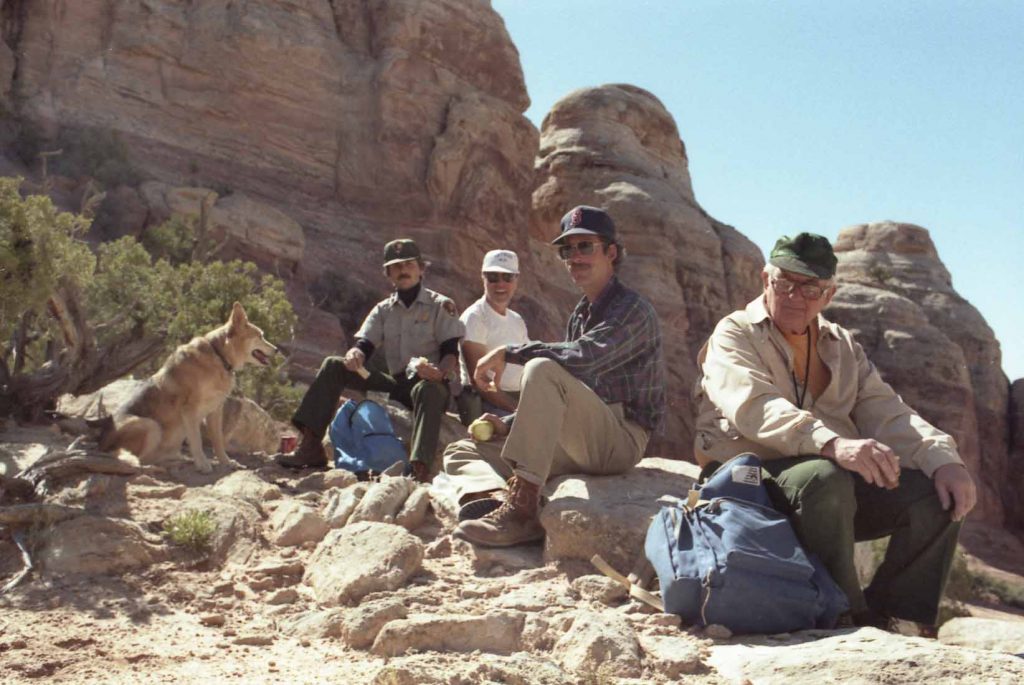
But as lovely and perfect as those unnamed “locations” are, it’s not what I remember the most. What I treasure above all is the friendship, the camaraderie, and the love that grew between us over the years and decades. I was just a young apprentice to the “Arch Hunters,” but what drew me to them was more than their ability to locate rock holes.
Looking for arches is what brought us together. What kept us together was a mutual affection and respect that ran even deeper than our shared love of the landscape. There is nothing finer in this life than a shared discovery with a kindred spirit who also happens to be your mentor. All these men were inspirations to me—father figures in a way— and I will always be grateful for the memories of those great times we spent together.
Click Here to read the previous installments of Ranger Stiles’ Wildlife Observation Notes…
Jim Stiles is Founder and Co-Publisher of the Canyon Country Zephyr.
To comment, scroll to the bottom of the page.
Don’t forget the Zephyr ads! All links are hot!
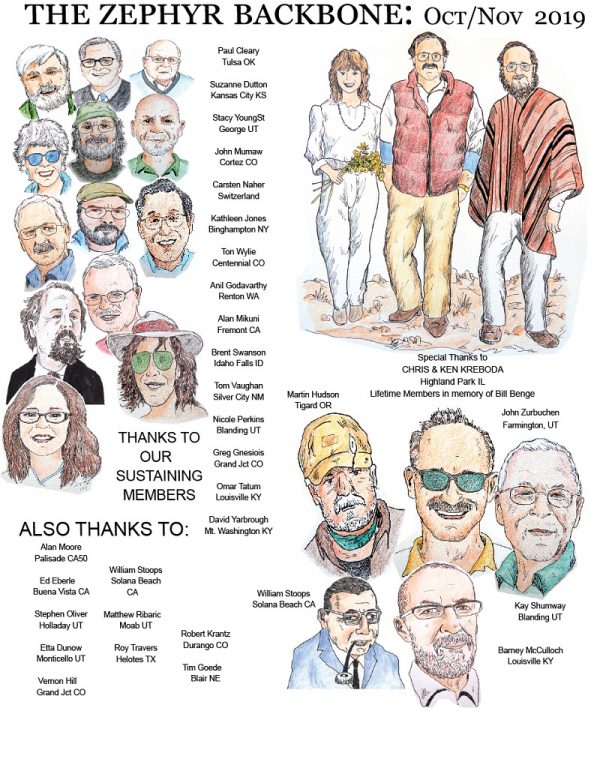



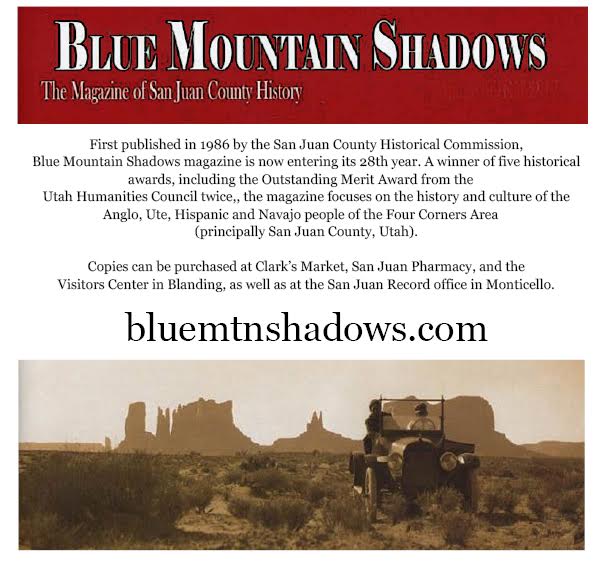


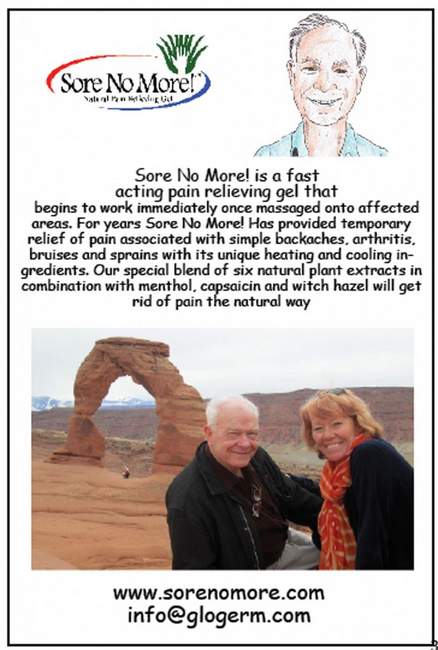

What a great story. Jim Stiles has a way of telling it that I really enyoy. I laughed out load at the the quick sand episode and was quite touched by the sentiments of affection and friendship.
Thanks for the reminisce Jim.
What a great story Jim! I thoroughly enjoyed reading about the Arch hunters and Ed McCarrick. I remember, when I was an SCA there in 1977, when poor Ed had hit a deer with the park station wagon on his way to a campground talk.
Ed was visibly shaken and disturbed by the event. Arches was one of my best lifetime experiences and the people there helped make it that way.